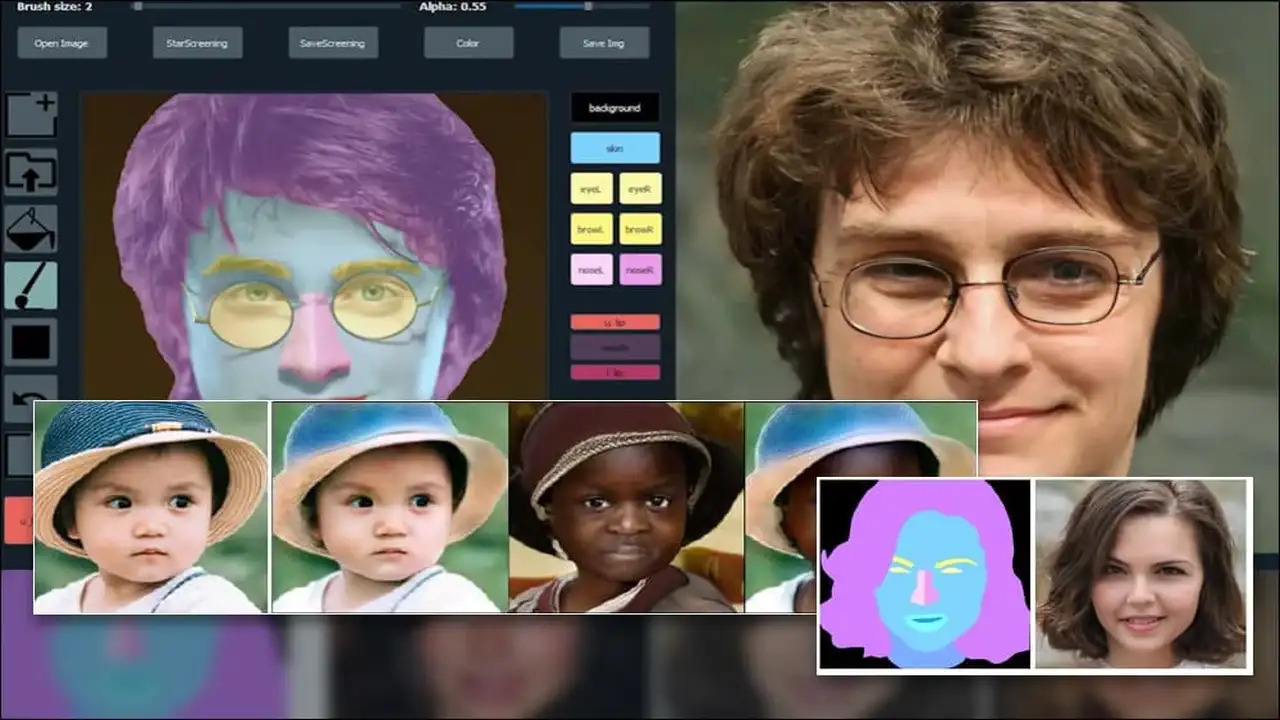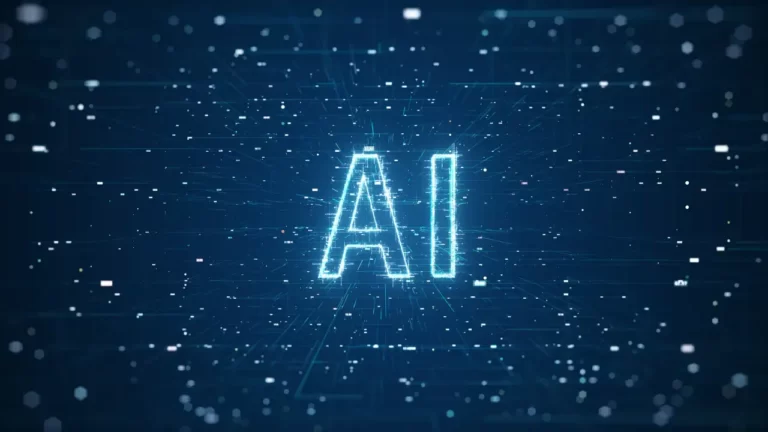Unlocking Creativity with AI Face Generators: A Guide to Revolutionary Digital Imagery
AI face generators are at the forefront of digital innovation, blurring the lines between reality and virtuality while opening up a world of creative possibilities. This cutting-edge technology uses artificial intelligence to generate highly realistic human faces, characters, and expressions that were once the sole domain of human artists and photographers. With its profound impact on various sectors, including entertainment, marketing, and security, AI face generation is not just a tool but a transformative force in digital imagery.
Understanding AI Face Generators
What Are AI Face Generators?
AI face generators are complex algorithms and neural networks trained on vast datasets of human faces. These tools can produce unique, realistic facial images that meet a wide range of specifications, from gender and age to expressions and ethnic backgrounds. The magic lies in their ability to learn from existing images and recreate faces that, while entirely new, feel familiar and lifelike.
How Do artificial intelligenceFace Generators Work? The Technology Behind the Scenes
At their core, artificial intelligence face generators utilize machine learning and deep learning principles. Generative Adversarial Networks (GANs) play a pivotal role, where two models—the generator and the discriminator—work in tandem to produce increasingly accurate and realistic images. This dance of algorithms ensures that the generated faces are both diverse and detailed.
The Evolution of AI in Image Creation: From Basics to Advanced Applications
AI’s journey in image creation has evolved from simple pattern recognition to the generation of complex, high-resolution images. Early algorithms struggled with realism and diversity, but today’s artificial intelligence face generators can create faces indistinguishable from real human photos, highlighting the rapid advancement in AI capabilities.
Applications of AI Face Generators
Enhancing Creative Industries
In creative industries, AI face generators are revolutionizing content creation. Filmmakers, game developers, and graphic designers are leveraging this technology to create diverse characters without the need for extensive photoshoots, saving time and resources.
Security and Privacy Considerations: Navigating the Ethical Landscape
While the benefits are immense, the technology also poses ethical challenges, especially regarding privacy and consent. The ability to generate faces can be misused for creating deepfakes, requiring a careful balance between innovation and ethical considerations.
Personalization in Marketing: Leveraging AI for Customer Engagement
Marketing has found a goldmine in artificial intelligence face generators, using them to create personalized avatars for customers, thereby enhancing engagement and providing a customized brand experience.
Choosing the Right artificial intelligence Face Generator
Factors to Consider
When selecting an AI face generator, consider the quality of images, ease of use, customization options, and ethical implications. It’s crucial to choose tools that respect privacy laws and ethical guidelines.
Top artificial intelligence Face Generator Tools: A Comparative Analysis
Several artificial intelligence face generator tools stand out for their capabilities, including DeepArt, FaceApp, and ThisPersonDoesNotExist. Each offers unique features, from artistic image transformation to generating faces with specific attributes.
Integrating artificial intelligence Face Generators in Projects
Steps for Successful Implementation
Successfully integrating AI face generators into projects requires a clear understanding of the tool’s capabilities, a creative vision, and an ethical framework. Starting with a pilot project can help gauge the effectiveness and integration needs.
Best Practices and Tips: Ensuring Quality and Efficiency
To ensure the best results, it’s essential to maintain a high-quality dataset, understand the tool’s limitations, and stay updated on the latest AI advancements. Regular testing and feedback loops can significantly enhance the integration process.
Future Prospects of AI Face Generators
Innovations on the Horizon
The future of AI face generators is bright, with ongoing research focused on improving realism, reducing biases, and enhancing ethical safeguards. Innovations such as 3D modeling and emotional intelligence integration are set to further expand their applications.
Ethical and Societal Impacts: Anticipating Changes in Digital Ethics
As AI face generation technology evolves, so too will its ethical and societal impacts. The digital imagery landscape is poised for transformation, necessitating a proactive approach to ethical considerations and societal impacts.
Conclusion: The Transformative Power of AI Face Generators
AI face generators represent a significant leap forward in digital imagery, offering unparalleled opportunities for creativity, personalization, and efficiency. As we navigate the ethical landscapes and harness the power of this technology, we stand on the brink of a new era in digital creativity, where the only limit is our imagination.


FAQs about AI Face Generators
How do AI face generators ensure the privacy of individuals?
AI face generators ensure privacy through several measures. Firstly, the training datasets used are typically anonymized and aggregated from publicly available images, without linking to identifiable information. Additionally, developers implement privacy-preserving techniques like differential privacy, which adds randomness to the data processing, ensuring individual faces cannot be traced back to real persons. Moreover, reputable AI developers adhere to stringent data protection laws, like GDPR in Europe, which mandate the protection of personal data and privacy.
Can AI face generators produce images for commercial use?
Yes, AI face generators can produce images for commercial use, but with certain conditions. The usage rights depend on the terms set by the generator’s creator or the platform offering the service. Some AI-generated images may be freely used for commercial purposes, while others might require a license or have specific restrictions. It’s crucial for businesses to review the terms of service and, if necessary, seek explicit permission or licenses to use generated images commercially to avoid copyright infringement.
What are the limitations of current AI face generator technology?
Current AI face generator technology, despite its advancements, has limitations. One significant limitation is the potential for bias in generated images, reflecting biases present in the training datasets. This can lead to a lack of diversity in the faces generated. Another limitation is the challenge in generating entirely accurate and realistic facial details, especially when creating faces with complex expressions or in varying lighting conditions. Additionally, there’s the ethical concern regarding the misuse of technology, including the creation of deepfakes.
How can one distinguish between an AI-generated face and a real photograph?
Distinguishing between an AI-generated face and a real photograph can be challenging due to the advanced realism of current technologies. However, there are subtle clues: AI-generated images may have irregularities in the hair or skin texture, unusual patterns in the background, or slight anomalies in clothing or accessories. Also, the symmetry in facial features might be too perfect, or there could be inconsistencies in lighting and shadows. Experts often use specialized software to detect these nuances.
Are there ethical guidelines for using AI face generators?
Yes, there are emerging ethical guidelines for using AI face generators. These guidelines emphasize consent, transparency, and accountability. They advocate for clear disclosure when images are AI-generated, especially in sensitive contexts like news media or historical archives. Ethical guidelines also call for measures to prevent misuse, such as creating deepfakes that could harm individuals’ reputations. Developers and users are encouraged to consider the societal impact of their creations and strive for fairness and diversity in the images produced.








